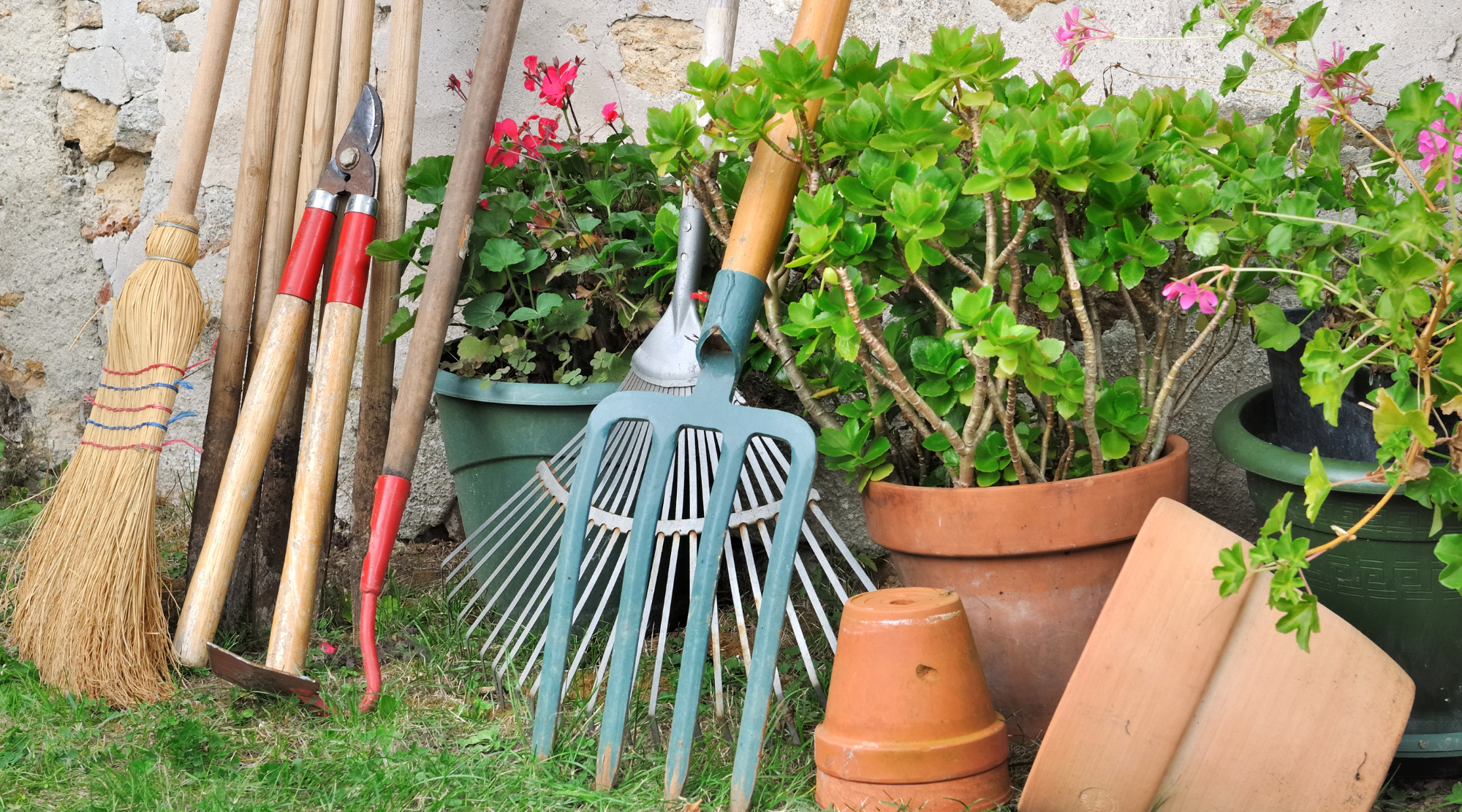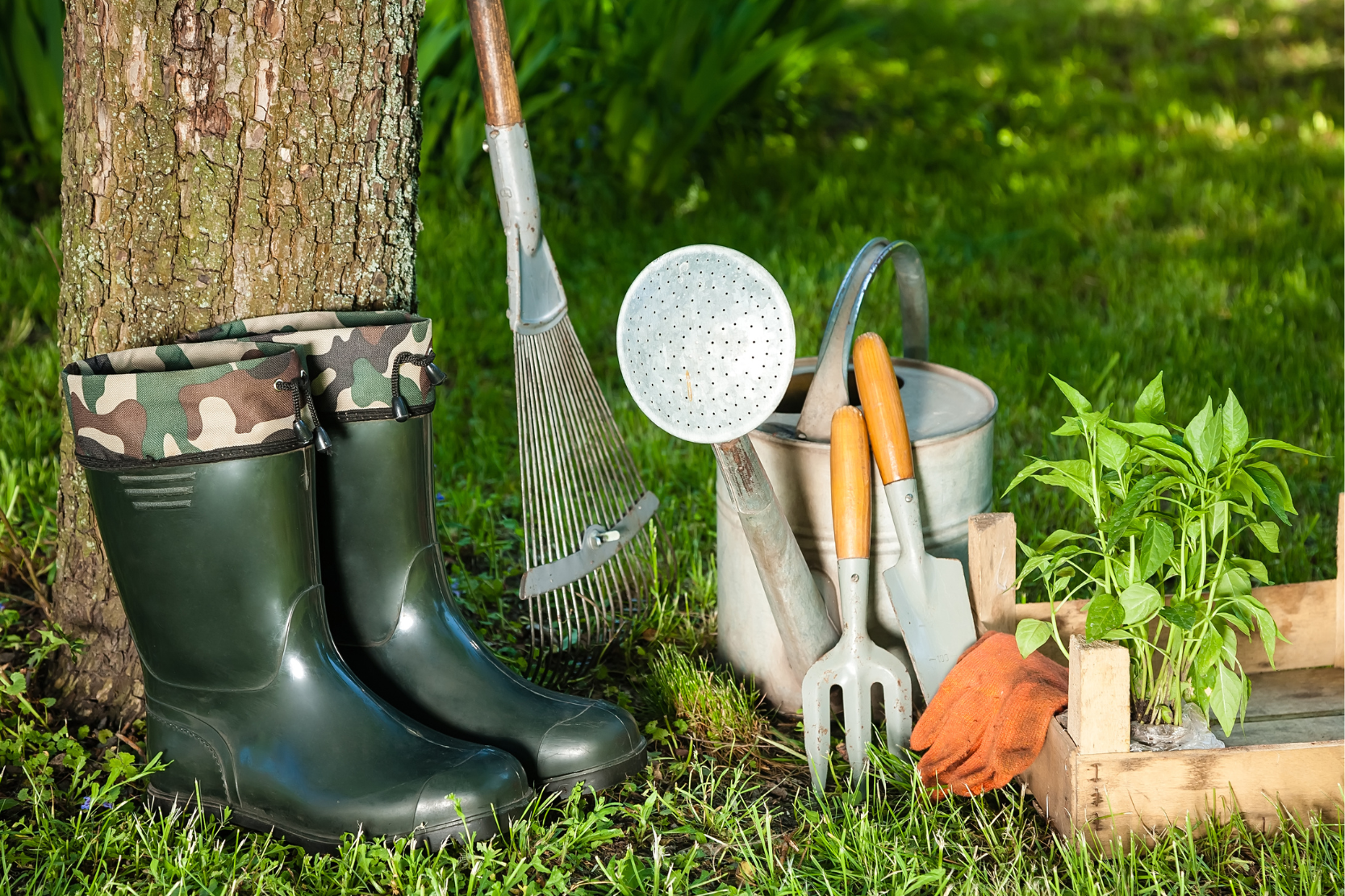Introduction to Gardening Tools
Gardening is not just a hobby; it’s a rewarding way to connect with nature, cultivate your own food, and beautify your outdoor space. However, whether you’re a beginner or a seasoned gardener, having the right tools can make all the difference between a thriving garden and a frustrating one. From basic hand tools to specialized gear, equipping yourself with the proper tools will save time, effort, and ultimately lead to better results.
In this ultimate guide, we’ll explore the essential gardening tools that every gardener should have. You’ll also discover advanced tools for more challenging tasks, as well as tips for maintaining your equipment for long-term use. Ready to dig in? Let’s get started!
Essential Gardening Tools for Beginners
1. Hand Trowel
A hand trowel is a must-have for any gardener. It’s perfect for digging small holes, transplanting seedlings, and removing weeds. This versatile tool is used in almost every aspect of gardening, from planting flowers to tending to vegetable beds.
What to Look For:
- Ergonomic Handle: A comfortable, non-slip handle is key for reducing hand fatigue.
- Durable Blade: Choose a trowel with a stainless steel blade that resists rust and provides long-lasting use.
Tips for Use:
Use the trowel for precision tasks like planting bulbs, working in tight spaces, or loosening soil around plants. Keep it handy during every gardening session!
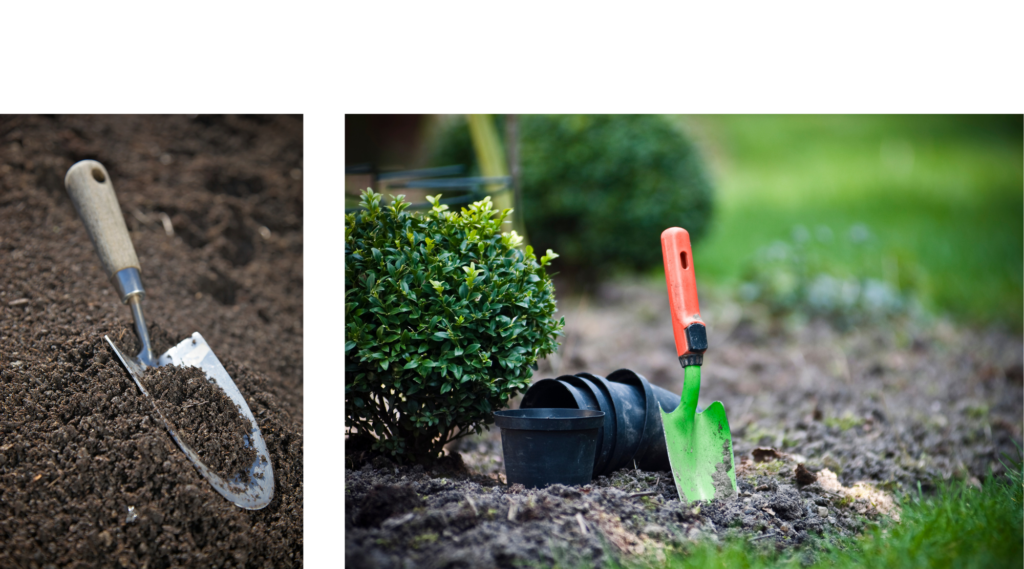
2. Pruning Shears (Secateurs)
Pruning shears, also known as secateurs, are essential for trimming plants, cutting back dead stems, and shaping shrubs. They are especially useful for maintaining the health of your plants by removing dead or diseased growth.
What to Look For:
- Bypass vs. Anvil Shears: Bypass shears are ideal for cutting live, green stems, while anvil shears are better for deadwood.
- Adjustable Tension: Look for shears with adjustable tension for easier cutting.
- Safety Lock: A safety lock ensures your shears stay closed when not in use, preventing accidents.
Tips for Use:
Always keep your pruning shears sharp to make clean cuts, which reduce the risk of plant diseases. Use bypass shears for live growth and anvil shears for tougher, woody stems.
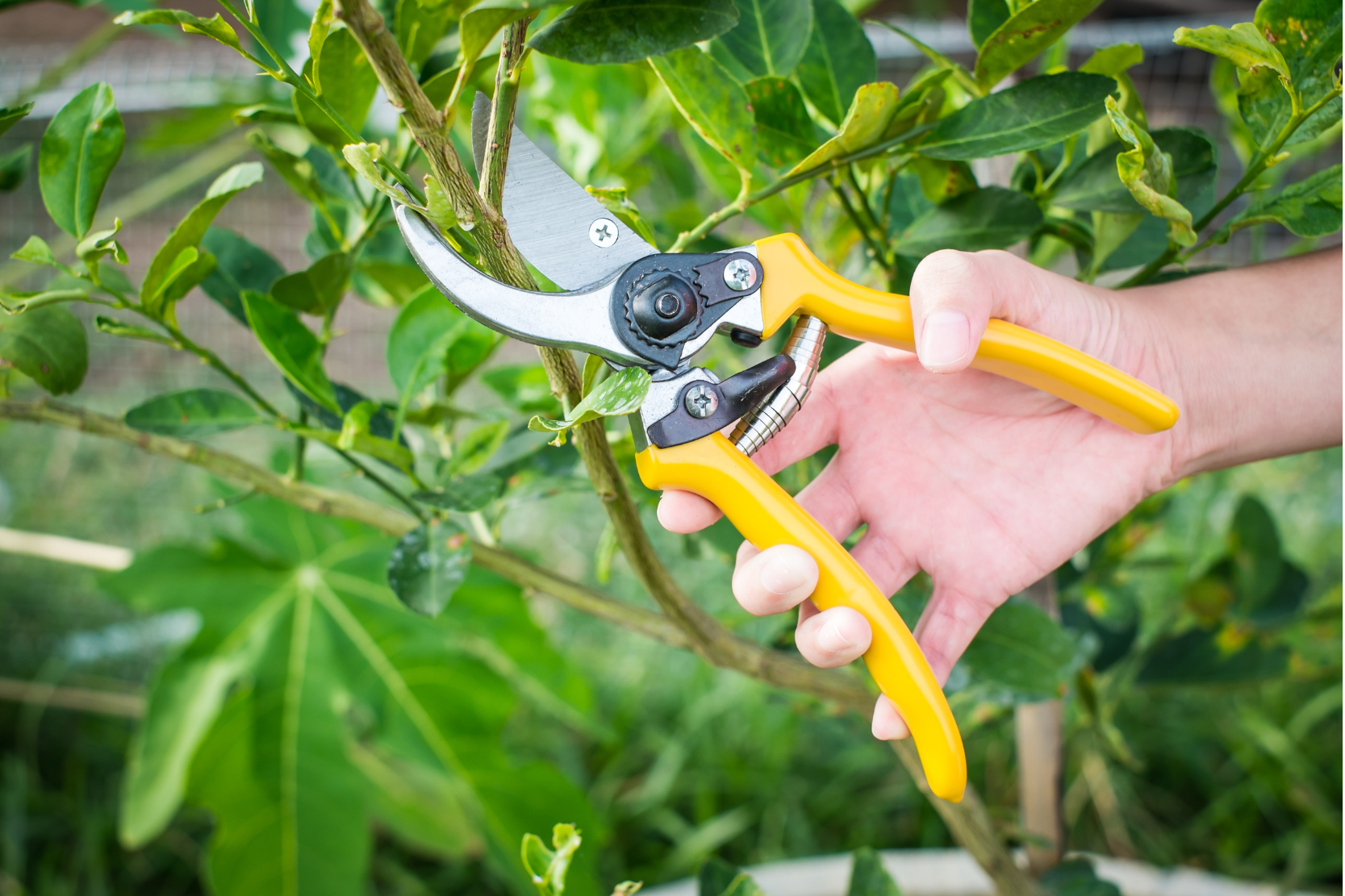
3. Garden Fork
The garden fork is a robust tool designed for turning soil, loosening compacted dirt, and mixing compost. It’s especially useful for aerating garden beds and preparing the soil for planting.
What to Look For:
- Sturdy Tines: Opt for a garden fork with strong, sharp tines made from steel to handle tough soil.
- Comfortable Handle: A comfortable grip will help you work for longer periods without discomfort.
Tips for Use:
Use the garden fork to aerate compacted soil by gently pushing it into the ground and lifting to loosen the soil. It’s also ideal for turning compost piles to speed up decomposition.

4. Garden Hoe
A garden hoe is an essential tool for weeding, breaking up soil, and shaping garden beds. It helps keep the soil loose and ready for planting, while also removing invasive weeds.
Types of Hoes:
- Draw Hoe: Best for heavier soil and breaking ground.
- Stirrup Hoe: Ideal for weeding without disturbing nearby plants.
- Dutch Hoe: A lighter hoe used for precise weeding and cultivating.
Tips for Use:
Choose the right type of hoe for your soil conditions. Use a draw hoe for heavy digging and breaking new ground, while a stirrup hoe is great for easy weeding in established beds.
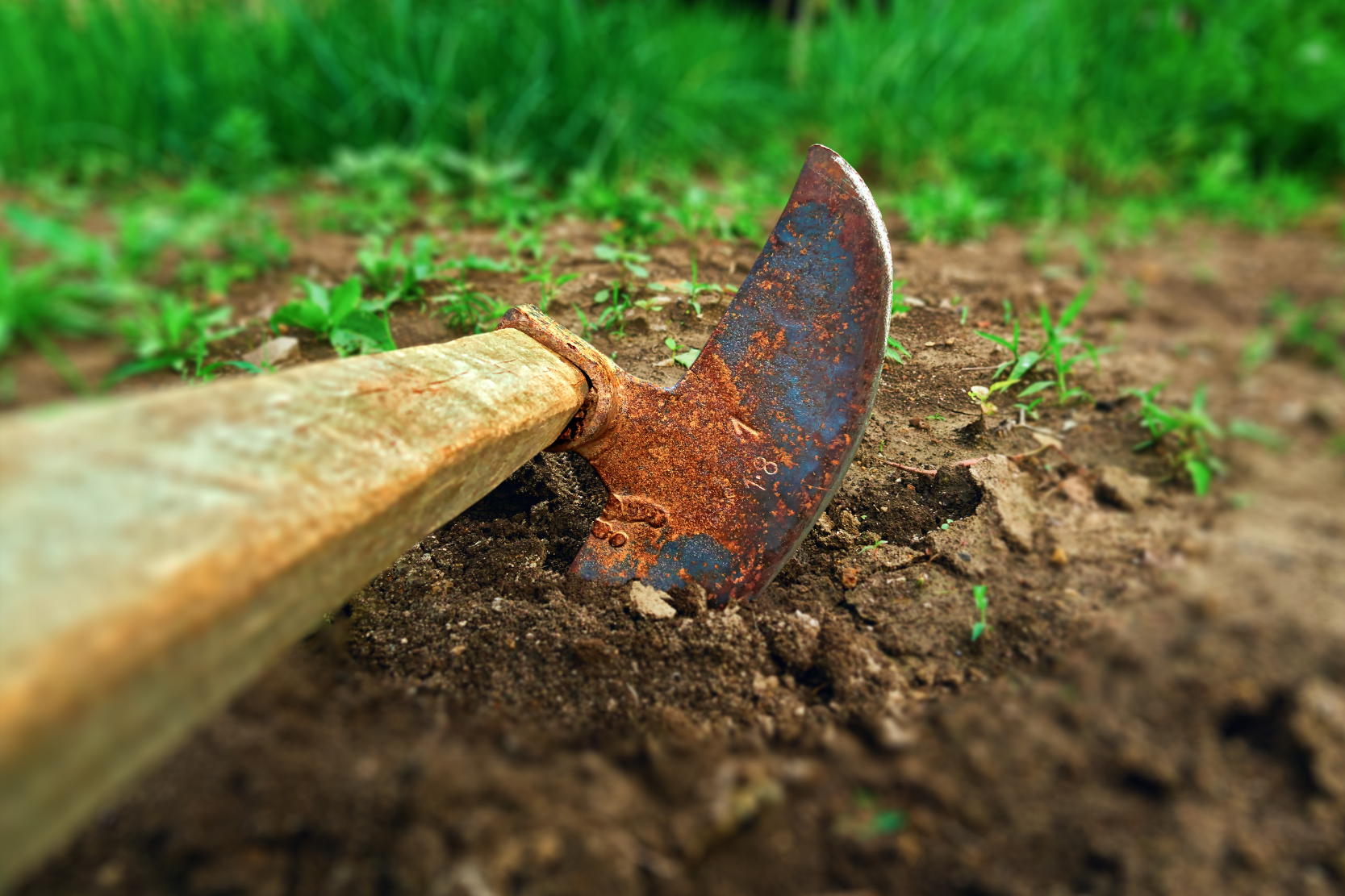
5. Watering Can
A watering can is indispensable for keeping your plants hydrated, especially for small gardens, pots, or delicate seedlings that need precise watering.
What to Look For:
- Removable Sprinkler Head: This allows you to switch between a gentle sprinkle or a steady stream of water.
- Lightweight Design: Ensure it’s easy to carry when full, especially if you have a large garden.
Tips for Use:
Water early in the morning or late in the afternoon to minimize water evaporation. Use a gentle sprinkle for young plants and seedlings, and a stronger stream for larger, established plants.
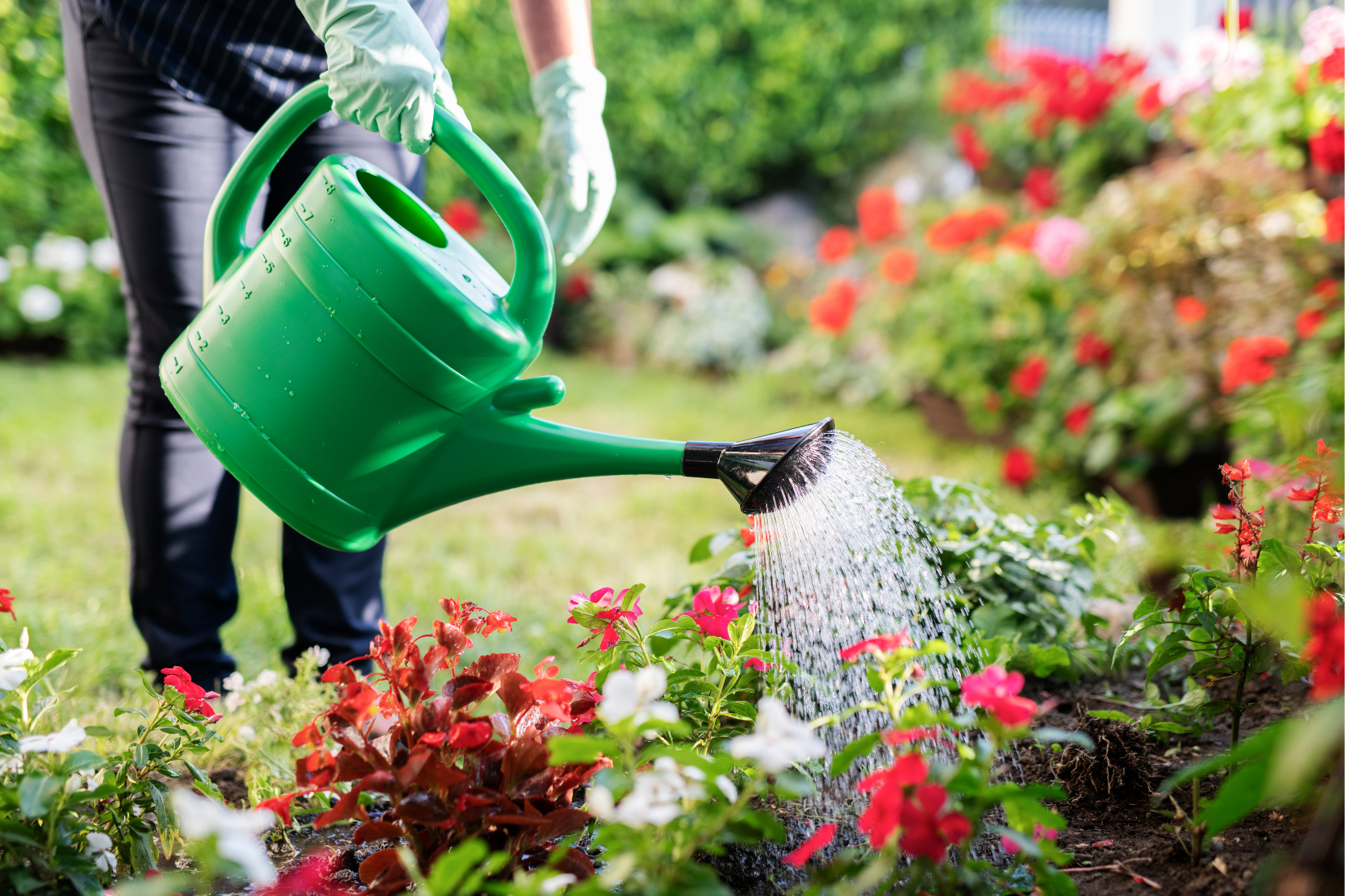
6. Garden Gloves
Don’t underestimate the importance of a good pair of garden gloves. They protect your hands from thorns, sharp tools, and rough surfaces, while also preventing blisters and calluses.
What to Look For:
- Material: Choose gloves that are durable but flexible, such as leather or rubber-coated fabric gloves.
- Grip: Look for gloves with a textured surface for better grip on tools and plants.
Tips for Use:
Always wear gloves when handling thorny plants, heavy tools, or working with soil that may contain pests or bacteria.
For more in-depth reviews on gardening tools, visit The Best Gardening Tools of 2024 by Better Homes & Gardens.
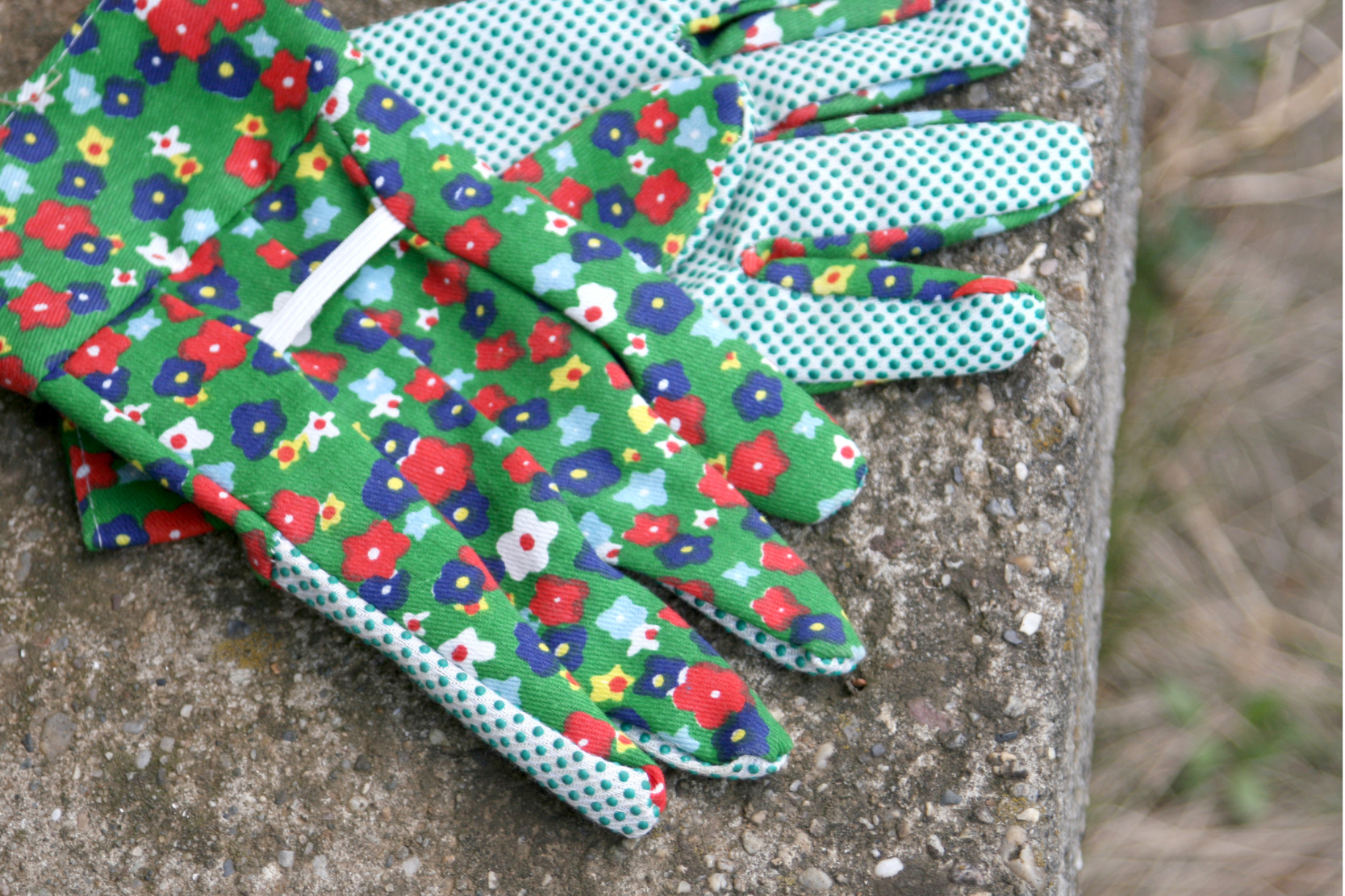
Advanced Gardening Tools for Seasoned Gardeners
1. Wheelbarrow
If you’re working on larger garden projects, a wheelbarrow is indispensable for moving soil, compost, plants, and tools around your garden.
What to Look For:
- One-Wheel vs. Two-Wheel: A one-wheel wheelbarrow offers better maneuverability, while a two-wheel design provides more stability.
- Sturdy Frame: Choose a wheelbarrow with a steel frame and durable tires for long-lasting use.
Tips for Use:
Use your wheelbarrow to easily transport heavy loads, saving your back from strain. Make sure to clean and store it in a dry place to prevent rust.
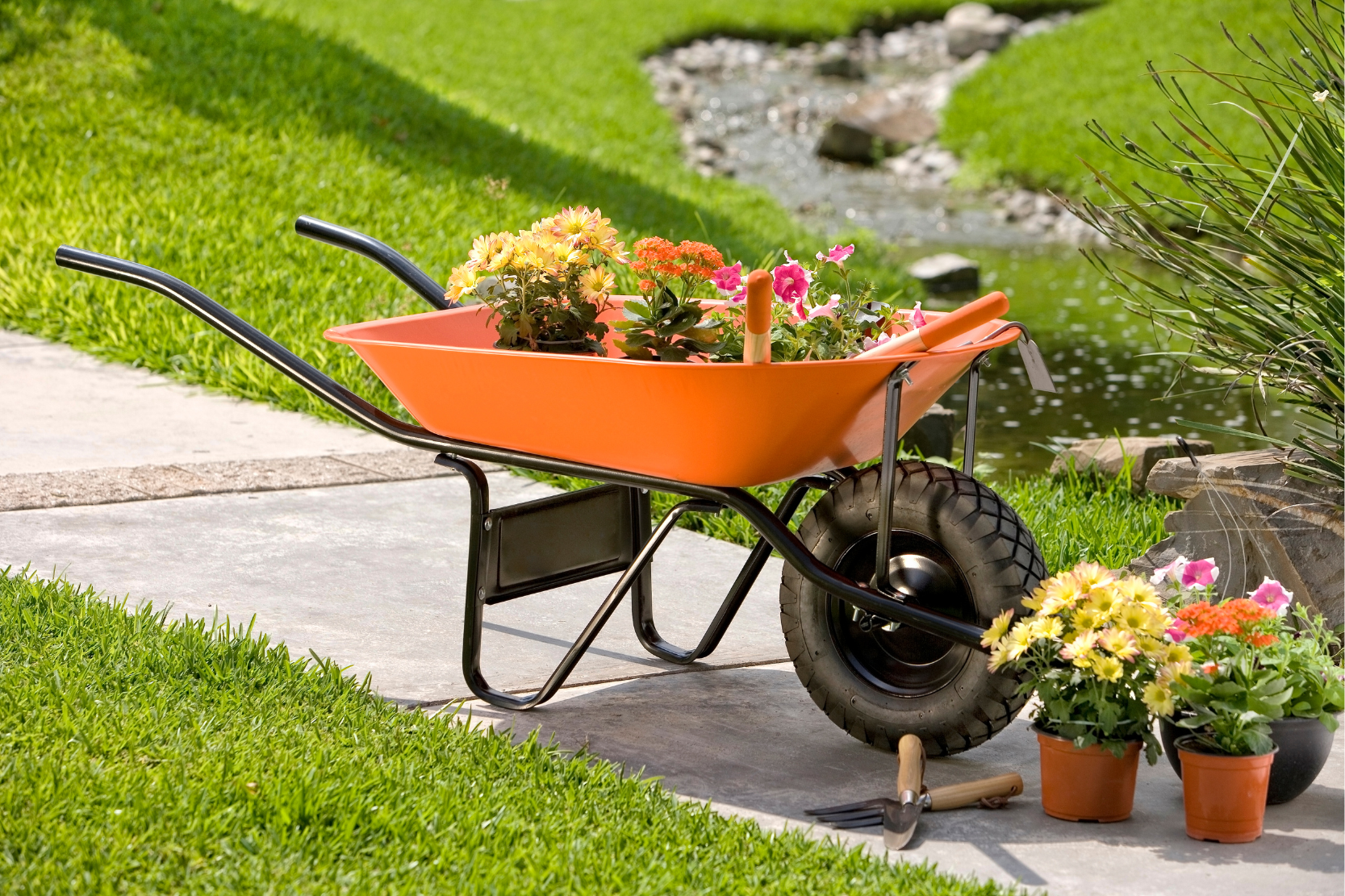
2. Loppers
Loppers are heavy-duty pruners with long handles, designed for cutting thicker branches and hard-to-reach areas in trees and shrubs.
What to Look For:
- Ratchet Mechanism: Look for loppers with a ratcheting system to make cutting through thicker branches easier.
- Shock Absorption: Features like shock-absorbing bumpers reduce strain on your hands and arms during use.
Tips for Use:
Always use loppers for larger branches that are too thick for pruning shears. Keep them sharp for easier cutting and cleaner results.
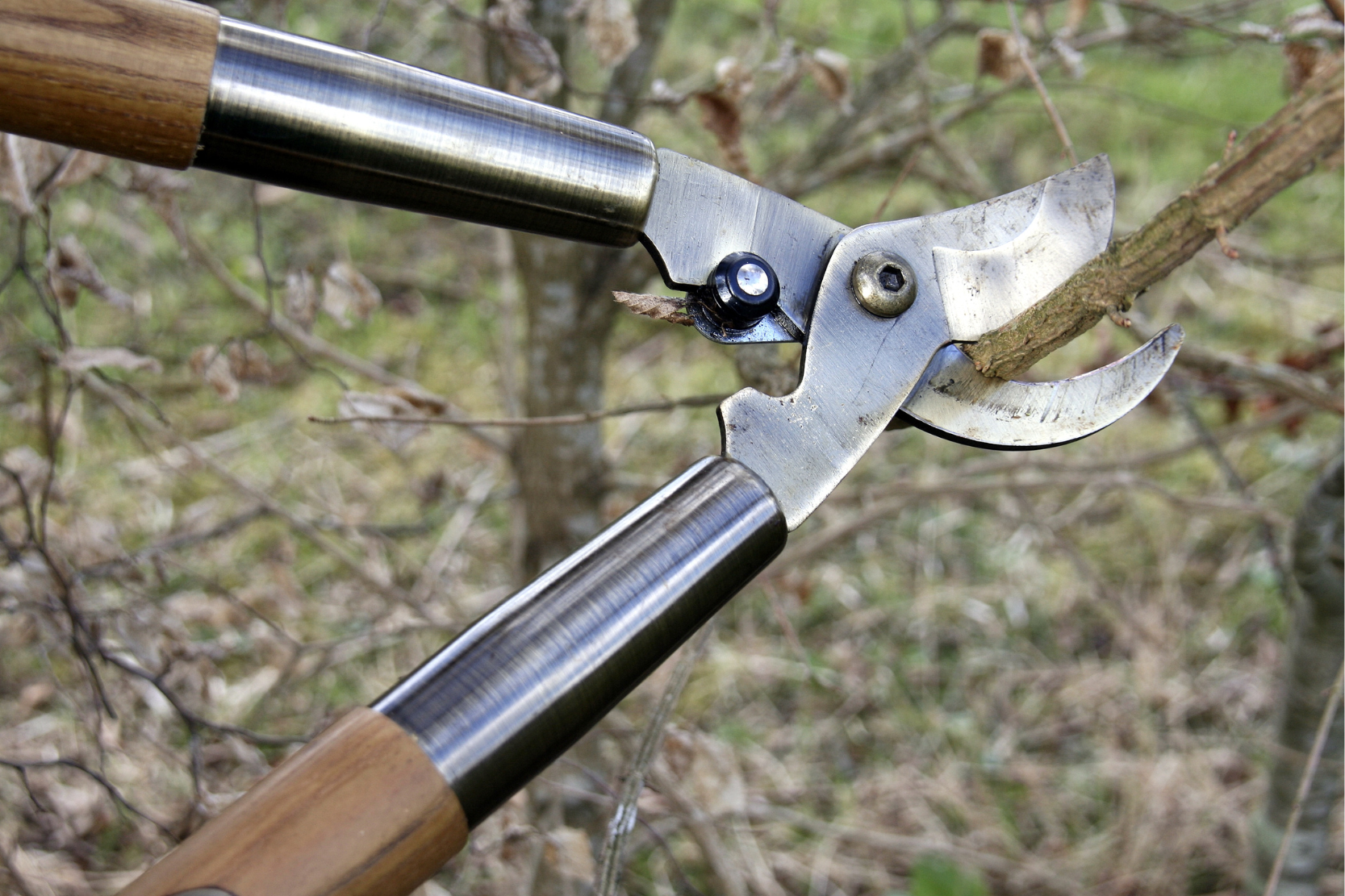
3. Garden Kneeler and Seat
Gardening often requires getting close to the ground, which can strain your knees and back. A garden kneeler offers comfort by providing a cushioned surface to kneel on, while some models double as a seat for working at a higher level.
What to Look For:
- Foldable Design: Look for a lightweight, foldable model that’s easy to move around the garden.
- Durable Construction: Ensure it’s sturdy enough to support your weight without sinking into soft ground.
Tips for Use:
Use the kneeler when working in flower beds or low vegetable gardens. Flip it over to use it as a seat when pruning or working in raised beds.

4. Garden Rake
A garden rake is an essential tool for leveling soil, removing debris, and spreading mulch. Different types of rakes serve different purposes, so choose the one that best suits your needs.
Types of Rakes:
- Leaf Rake: Lightweight, with wide tines, perfect for gathering leaves and light debris.
- Bow Rake: Sturdier, with shorter, stiff tines, ideal for breaking up clumps of soil or spreading gravel and mulch.
Tips for Use:
Use a leaf rake for clearing up fallen leaves in the autumn, and a bow rake for heavier-duty tasks like leveling soil or spreading mulch evenly across garden beds.

5. Soil Testing Kit
To keep your garden healthy and productive, knowing your soil’s condition is crucial. A soil testing kit helps measure your soil’s pH levels and nutrient content, ensuring your plants have the ideal growing environment.
What to Look For:
- pH Testing: A good kit should provide accurate pH readings, indicating whether your soil is acidic, neutral, or alkaline.
- Nutrient Testing: Look for kits that measure key nutrients like nitrogen, phosphorus, and potassium.
Tips for Use:
Test your soil at the beginning of each growing season and whenever you notice slow plant growth. Adjust the soil with amendments like compost, lime, or organic fertilizers based on your test results.
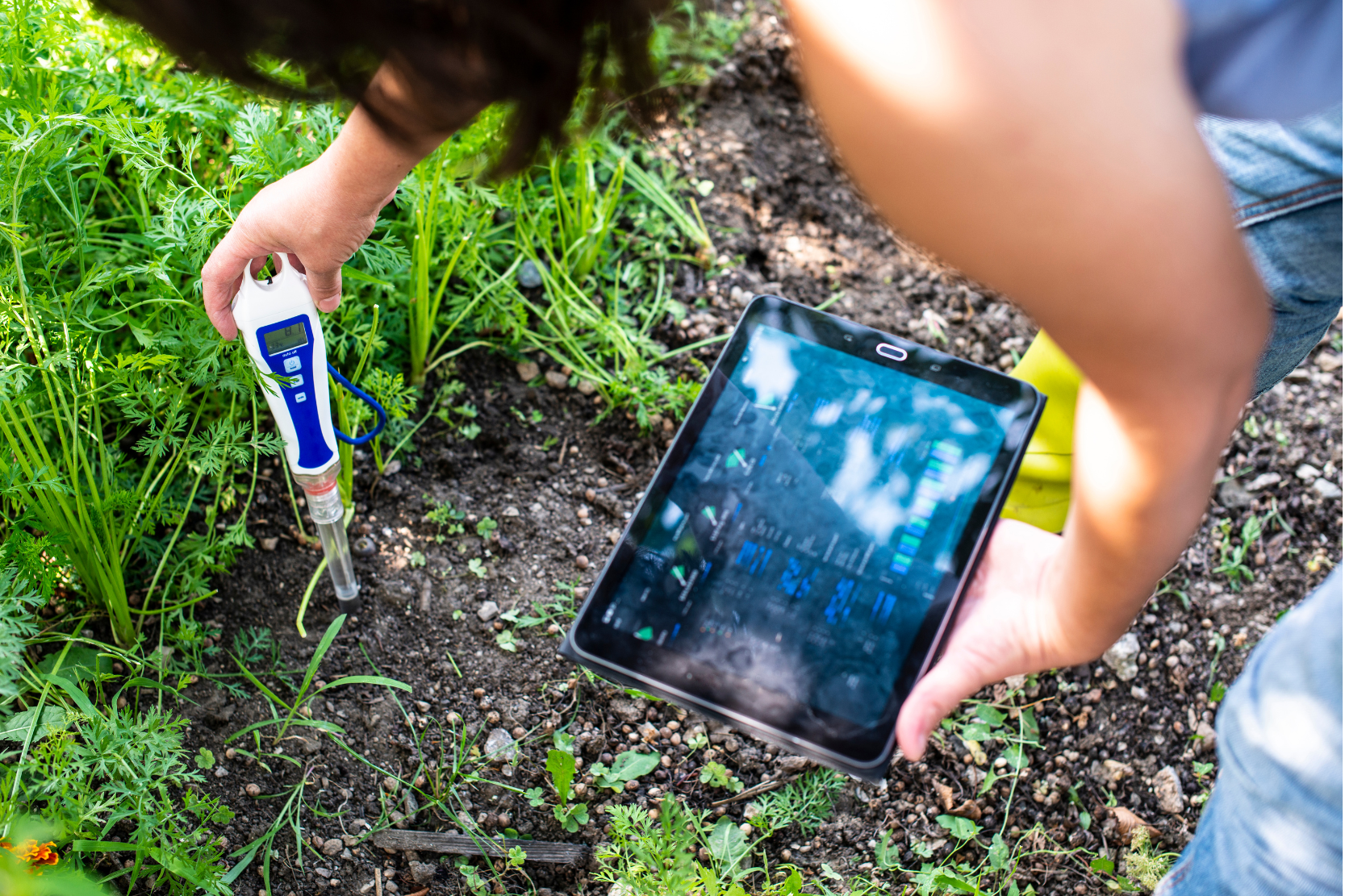
Specialized Gardening Tools for Specific Tasks
1. Weeder
A weeder is a small, sharp tool designed to remove deep-rooted weeds without disturbing the surrounding plants. It’s especially useful for targeting invasive weeds that spread quickly.
Types of Weeders:
- Fishtail Weeder: Best for pulling out weeds with long, deep roots like dandelions.
- Cobra Head Weeder: Offers precise control for weeding in tight spaces.
- Paving Weeder: Perfect for removing weeds from cracks in pavements or between patio stones.
Tips for Use:
Use a weeder when the soil is moist for easier removal of stubborn weeds. Aim to extract the entire root system to prevent regrowth.
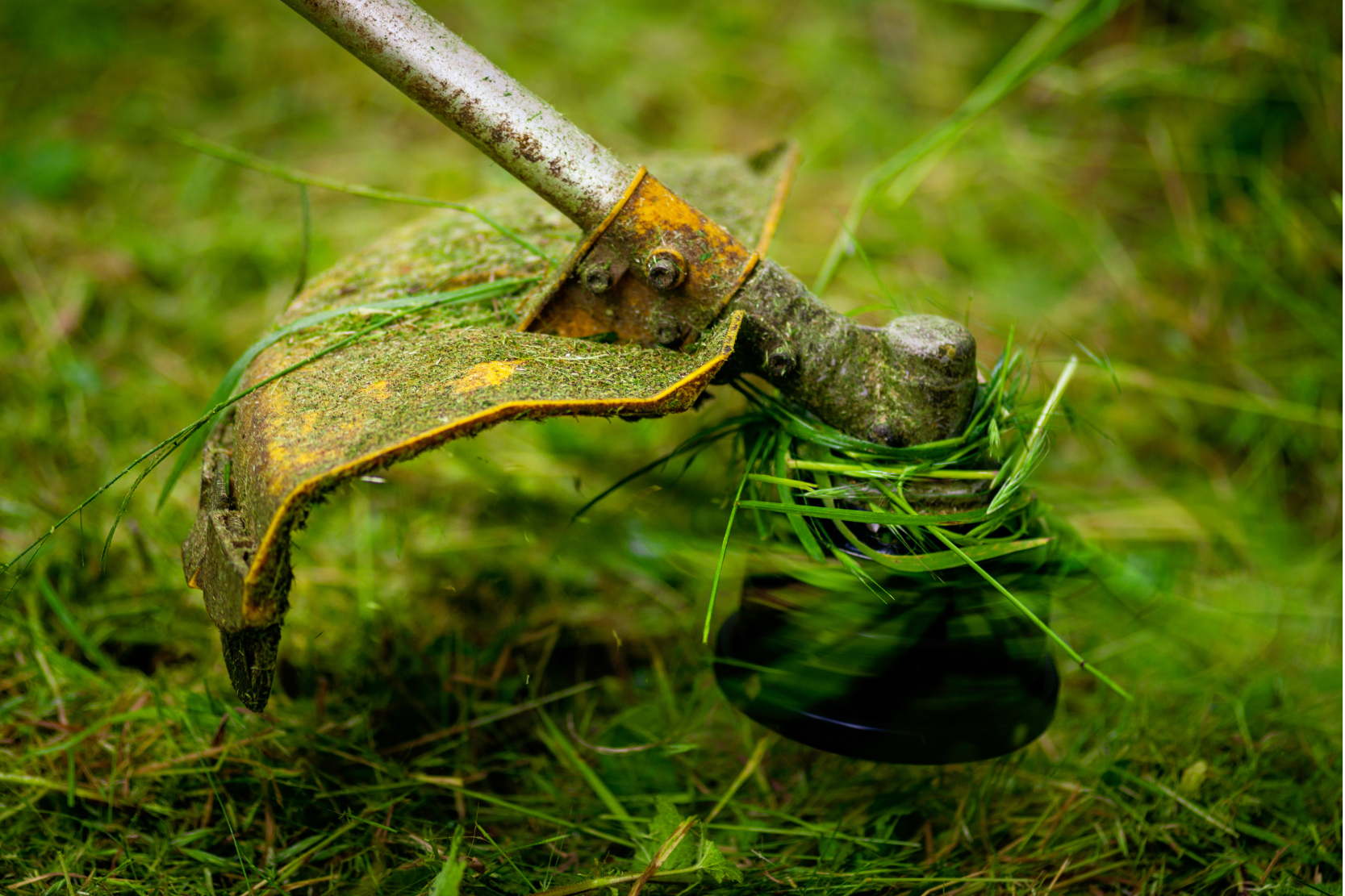
2. Hedge Shears
Hedge shears are essential for maintaining well-groomed hedges and shrubs. These long-bladed tools allow you to cut large areas of vegetation quickly, ensuring clean, even lines.
What to Look For:
- Adjustable Handles: Extendable handles provide added reach for taller shrubs and hedges.
- Sharp Blades: Opt for shears with durable, sharp blades to make clean cuts with less effort.
Tips for Use:
Keep your shears sharp to avoid damaging plants. Regular trimming promotes healthy growth and helps shape your hedges to your desired look.
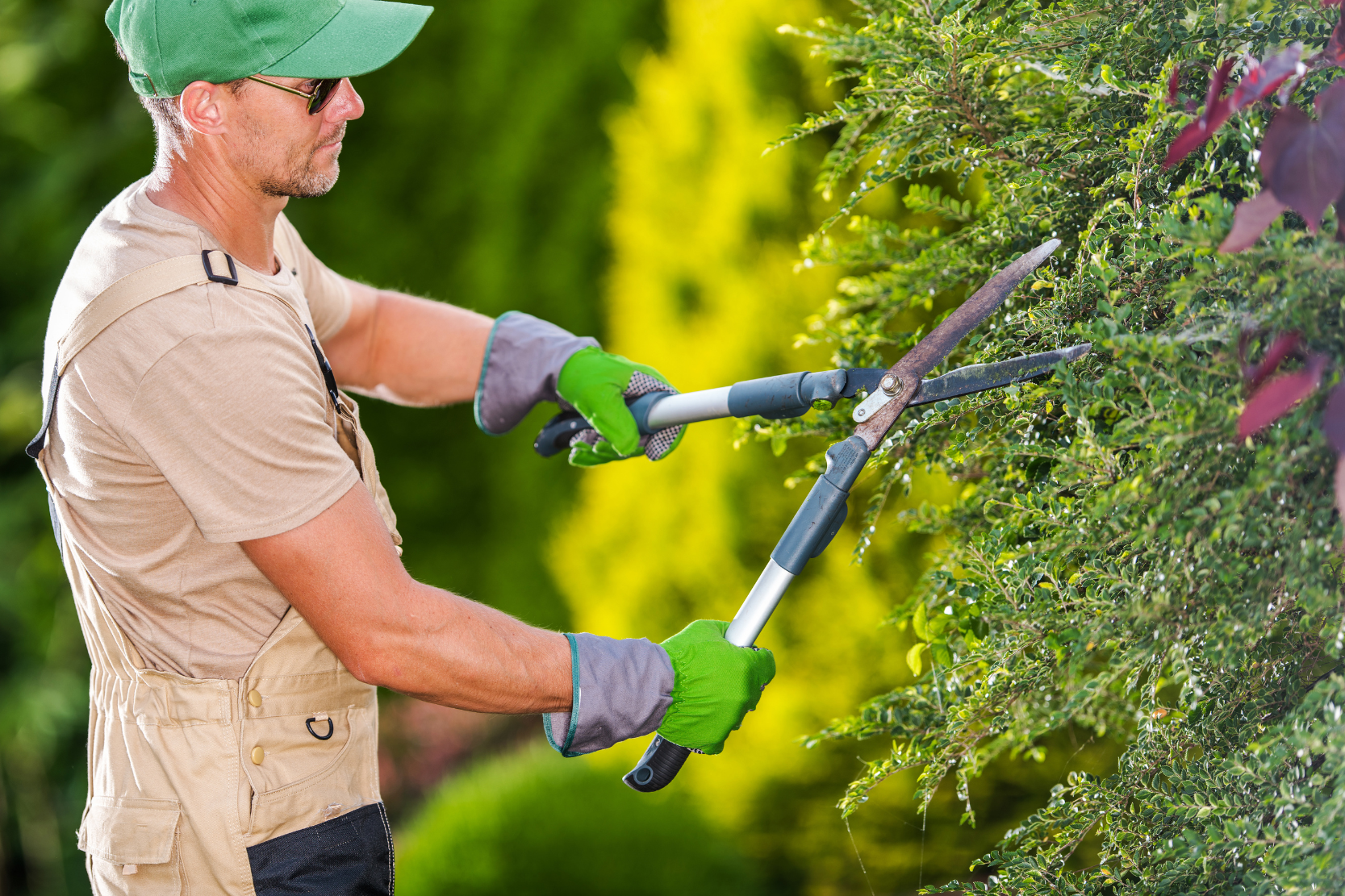
3. Lawn Aerator
A lawn aerator improves the health of your lawn by perforating the soil with small holes. This allows air, water, and nutrients to penetrate deep into the root system, resulting in greener, thicker grass.
Types of Lawn Aerators:
- Spike Aerator: Features solid spikes to poke holes into the ground.
- Plug Aerator: Removes small cores of soil to reduce compaction and improve soil structure.
Tips for Use:
Aerate your lawn in the spring or fall, when the soil is slightly moist but not too wet. Use a plug aerator for compacted soil, and a spike aerator for regular lawn maintenance.
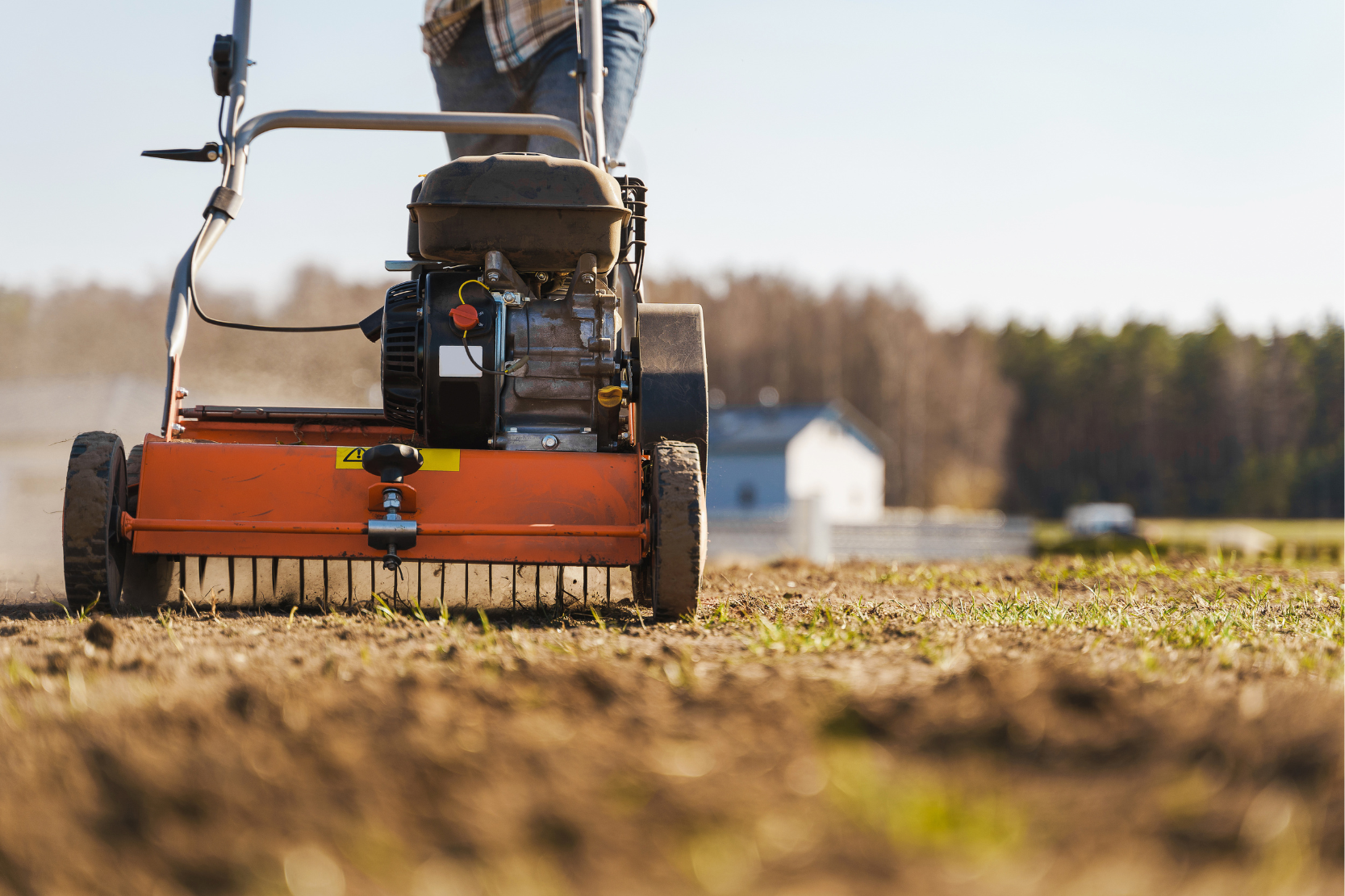
4. Garden Hose and Attachments
A garden hose is essential for watering large areas efficiently. Depending on your garden’s size and watering needs, choose the right length and type of hose, along with useful attachments like sprayers or soaker hoses for more controlled watering.
What to Look For:
- Durable Materials: Choose a hose made of reinforced rubber or vinyl for longevity and flexibility.
- Kink-Resistant: A kink-resistant design ensures smoother water flow and prevents the hose from tangling.
- Spray Attachments: Attachments like adjustable nozzles or sprinklers allow for more precise watering control.
Tips for Use:
Store your hose properly to avoid kinks and extend its life. Use attachments like sprayers to tailor your watering technique to different plants’ needs.
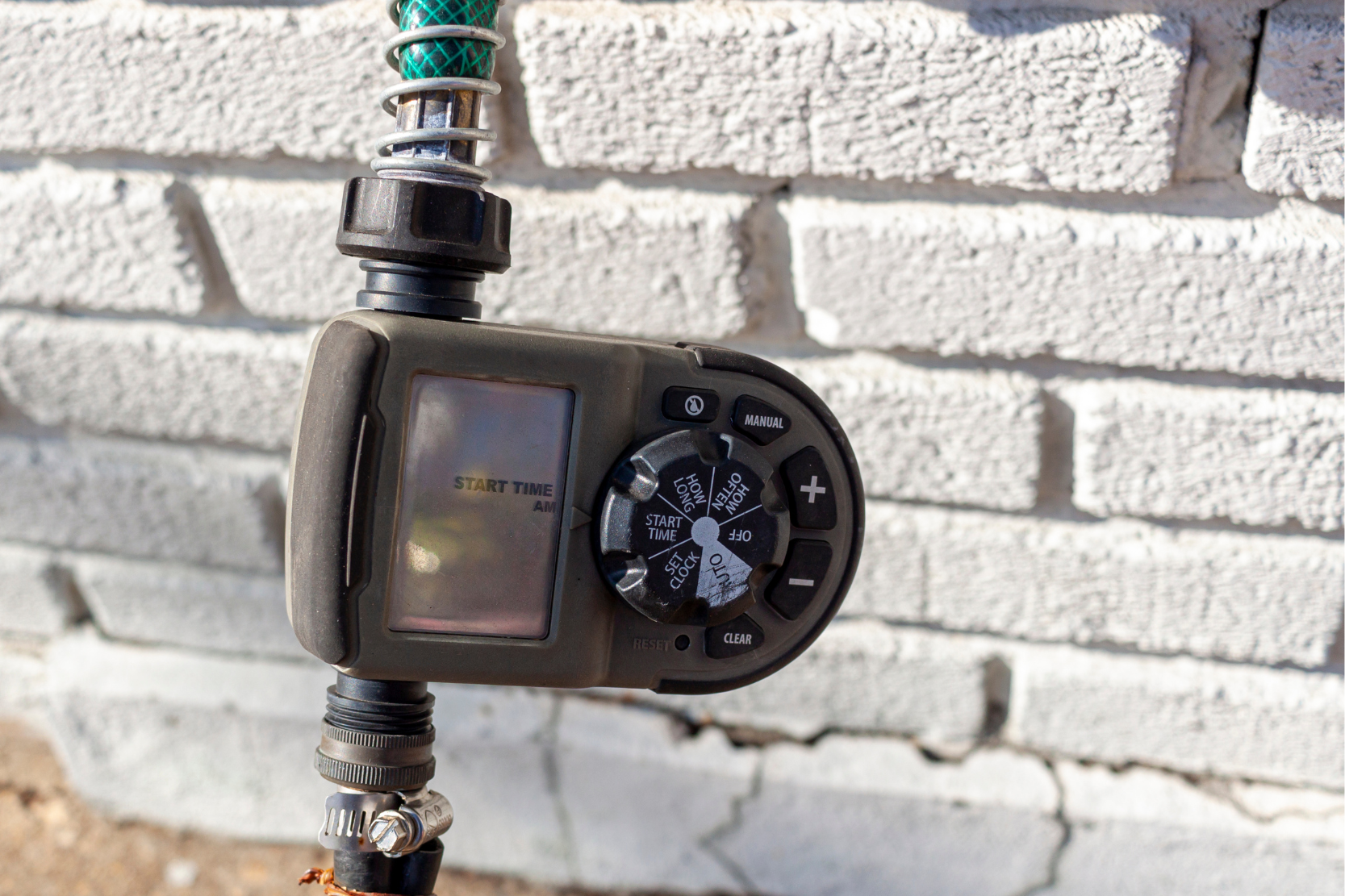
5. Raised Bed Corner Brackets
If you’re building raised beds for your garden, corner brackets are essential for ensuring strong, durable frames. These brackets hold the sides of the raised bed together, making assembly easier and more secure.
What to Look For:
- Galvanized Steel: This material resists rust and is strong enough to handle the weight of soil over time.
- Easy Assembly: Look for brackets that come with pre-drilled holes and screws for easy installation.
Tips for Use:
Use raised bed corner brackets when building your own garden beds, as they’ll keep the structure firm and prevent warping over time. Consider painting or staining the wood for extra protection and visual appeal.
Electric and Power Tools for Gardeners
1. Electric Hedge Trimmer
If you have a large garden with hedges and shrubs, an electric hedge trimmer can save you time and effort. These trimmers offer a faster and more precise way to shape hedges compared to manual shears.
What to Look For:
- Corded vs. Cordless: Corded models provide continuous power, while cordless models offer more flexibility and mobility.
- Safety Features: Look for models with safety locks and blade guards for added protection during use.
Tips for Use:
Trim hedges regularly to maintain their shape and prevent overgrowth. If using a cordless model, ensure the battery is fully charged before starting larger tasks.
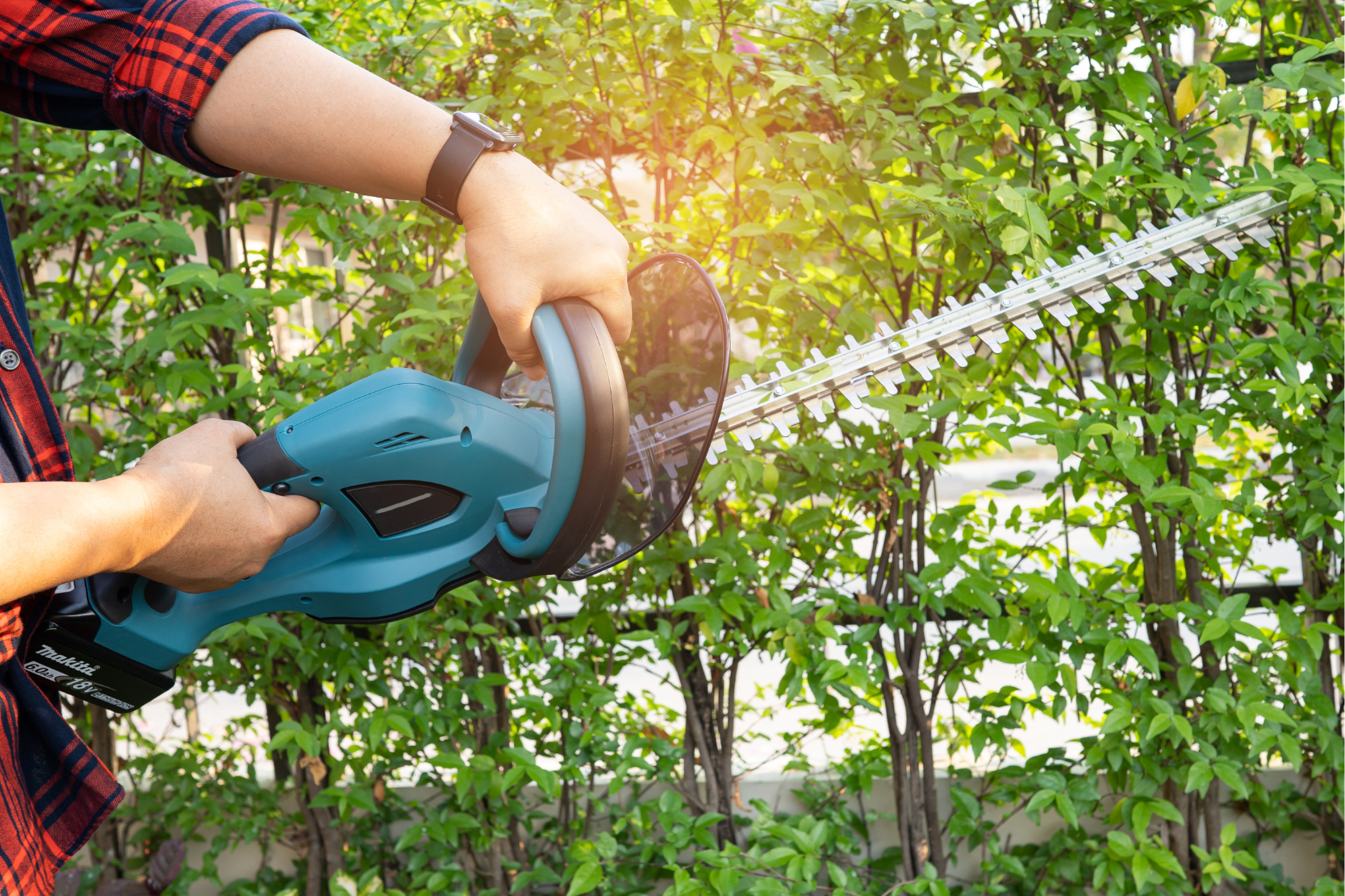
2. Leaf Blower
A leaf blower is a powerful tool for quickly clearing fallen leaves, grass clippings, and debris from your lawn or driveway.
What to Look For:
- Gas-Powered vs. Electric: Gas blowers provide more power for larger areas, while electric blowers are quieter and easier to maintain.
- Adjustable Speed: Choose a model with adjustable speeds for more control over airflow.
Tips for Use:
Use a leaf blower after mowing the lawn or during fall when leaves accumulate. Opt for lower speeds around delicate flower beds to avoid blowing soil and mulch away.
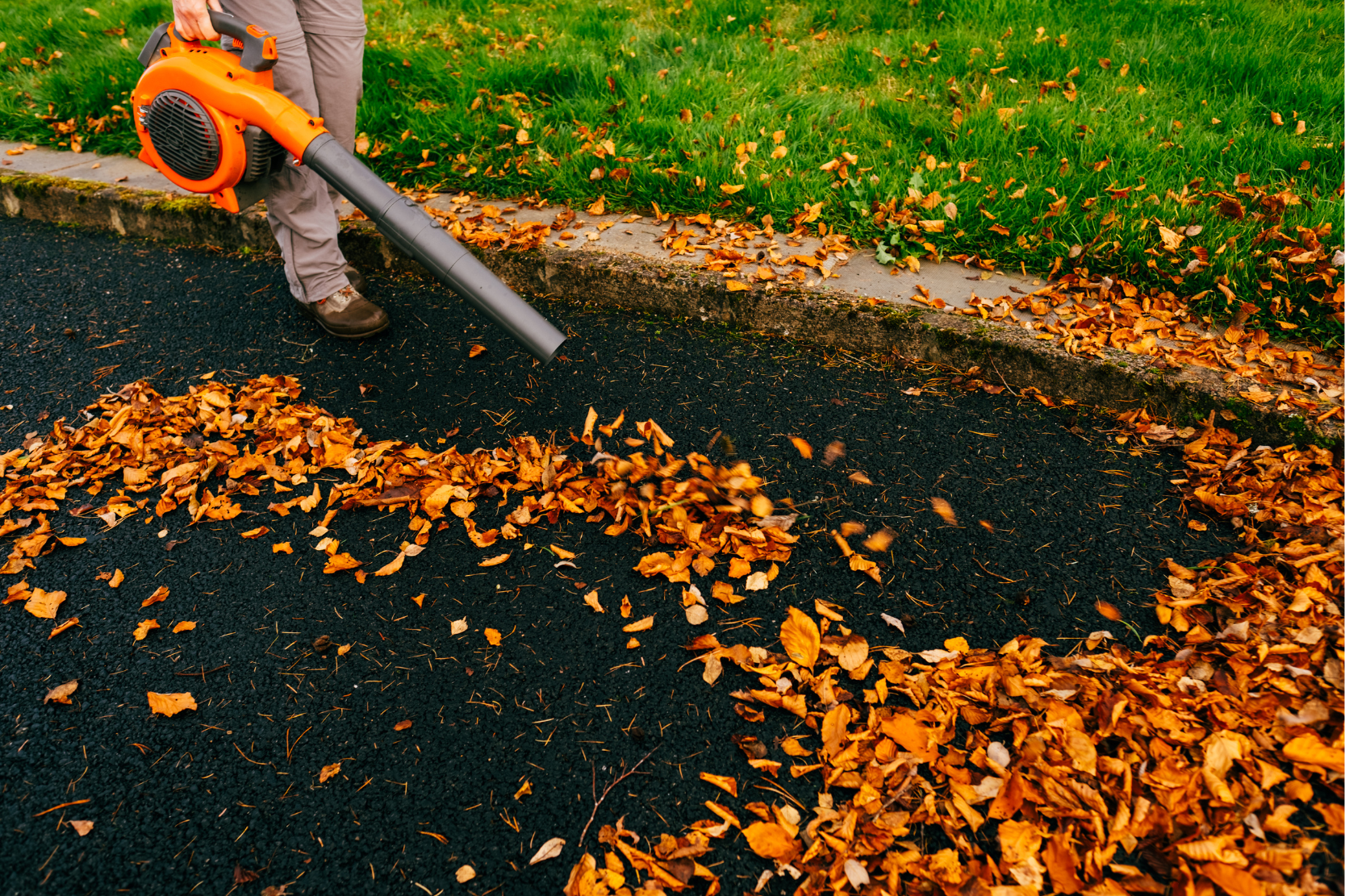
3. String Trimmer (Weed Whacker)
A string trimmer, also known as a weed whacker, is great for trimming grass and weeds in areas that are difficult to reach with a lawnmower, such as along fences or around flower beds.
What to Look For:
- Corded vs. Cordless: Corded models provide steady power, while cordless trimmers allow for more freedom of movement.
- Adjustable Handle Length: Look for a model with adjustable handles for more comfortable use.
Tips for Use:
Trim around your garden beds and pathways after mowing for a clean, well-manicured look. Be careful around plants to avoid damaging them with the string trimmer.

4. Electric Lawn Mower
An electric lawn mower is an eco-friendly alternative to traditional gas-powered mowers. These mowers are quieter, easier to maintain, and perfect for small to medium-sized lawns.
What to Look For:
- Battery Life: For cordless models, ensure the battery lasts long enough to mow your entire lawn on a single charge.
- Self-Propelled: A self-propelled mower requires less physical effort to push, making it ideal for larger lawns or uneven terrain.
Tips for Use:
Maintain your lawn mower by cleaning the blades after each use and storing it in a dry place. Adjust the blade height depending on the grass type and season for the healthiest lawn.
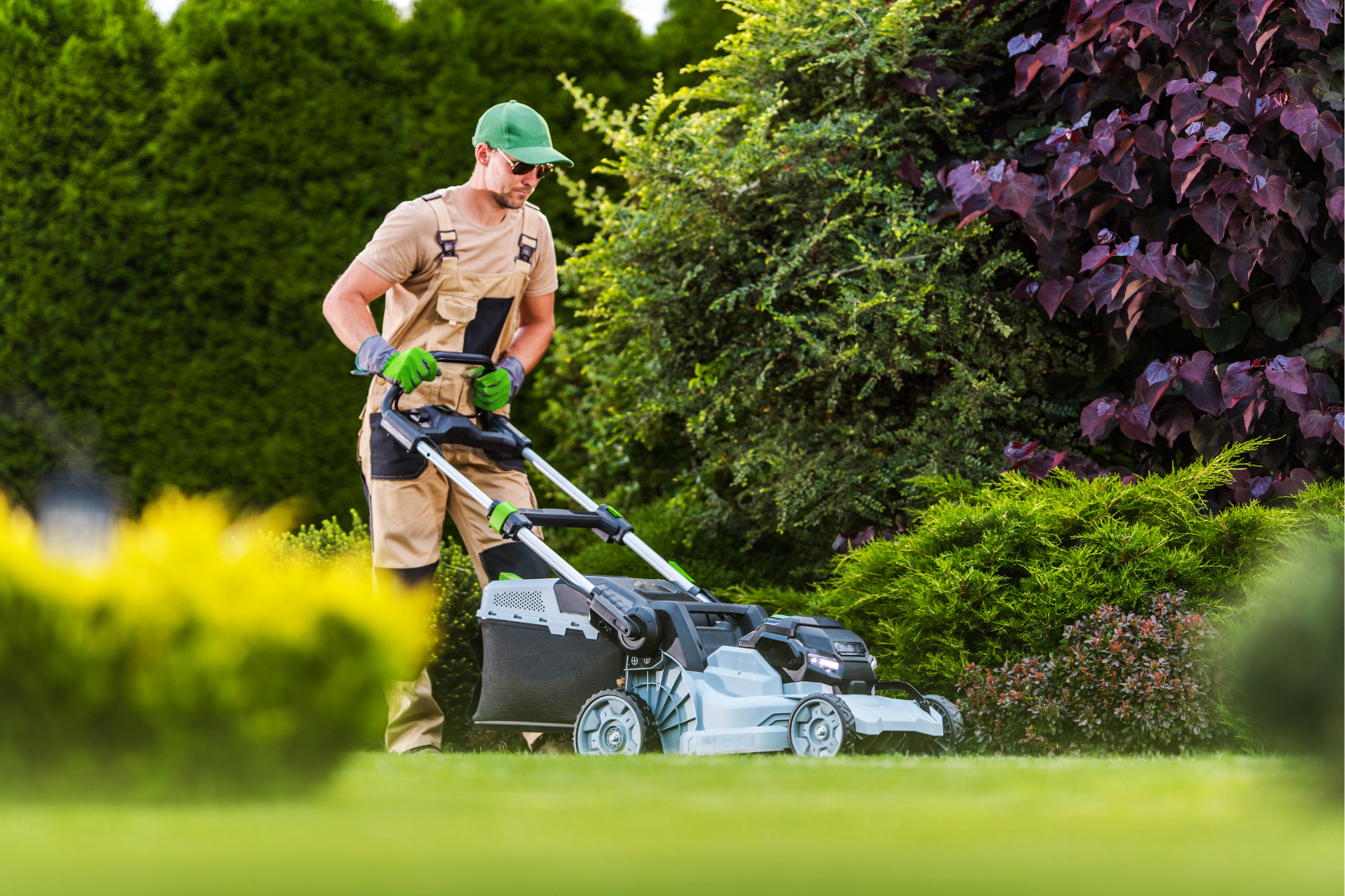
Tips for Maintaining Gardening Tools
1. Cleaning Your Tools Properly
Regular cleaning of your gardening tools is essential for maintaining their condition and ensuring they last longer. After each use, wipe off any dirt, sap, or plant residue to prevent rust and wear.
How to Clean Gardening Tools:
- For small tools, scrub with a wire brush or steel wool to remove dirt and rust.
- For cutting tools like shears and loppers, clean the blades with a cloth soaked in soapy water, then dry thoroughly to prevent rust.
2. Sharpening Blades
Tools with blades, like shears, loppers, and hoes, need regular sharpening to stay effective. Dull blades can damage plants and make gardening more difficult.
How to Sharpen Blades:
- Use a sharpening stone or file to sharpen the cutting edge of your tools.
- Sharpen both sides of the blade evenly to maintain a balanced, sharp edge.
3. Storing Tools Properly
Proper storage is key to extending the life of your tools. Store your gardening tools in a dry place, like a shed or garage, to prevent rust and deterioration. Consider hanging tools on racks or hooks to keep them organized and off the ground.
Conclusion: Choosing the Right Tools for Your Gardening Needs
Selecting the right tools for your gardening tasks is essential for efficiency, comfort, and long-term success. Whether you’re just starting or are a seasoned gardener, equipping yourself with the basics and gradually adding specialized or advanced tools will help you tackle any gardening challenge.
Make sure to care for your tools through regular cleaning, sharpening, and proper storage to extend their lifespan and maintain their functionality. Happy gardening!
To learn how to properly maintain and sharpen your gardening tools, check out this helpful guide on How to Care forGarden Tools from the Royal Horticultural Society.










